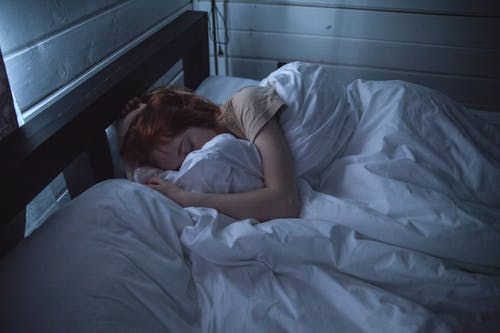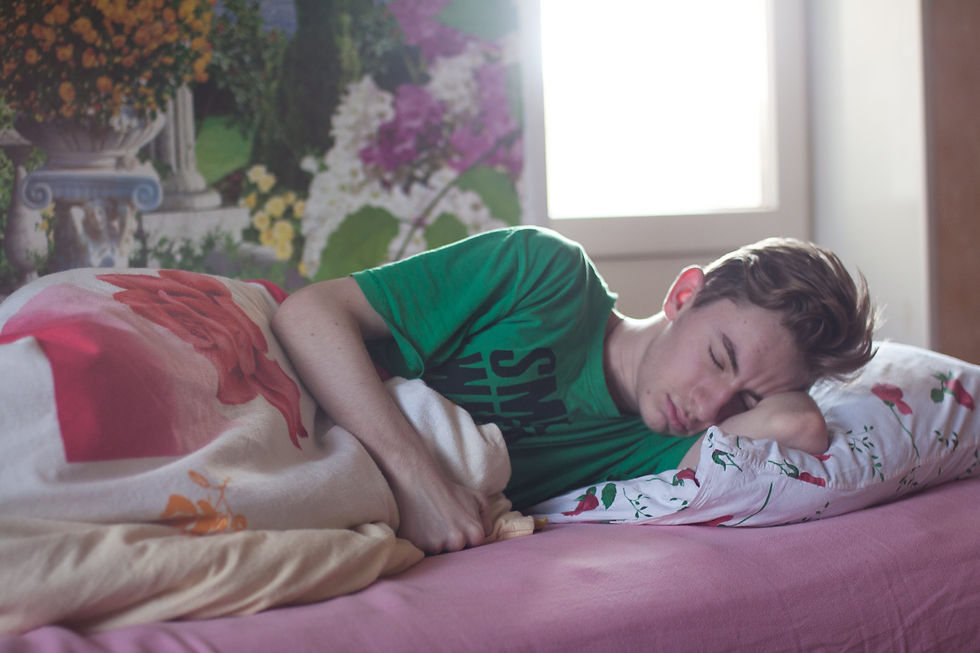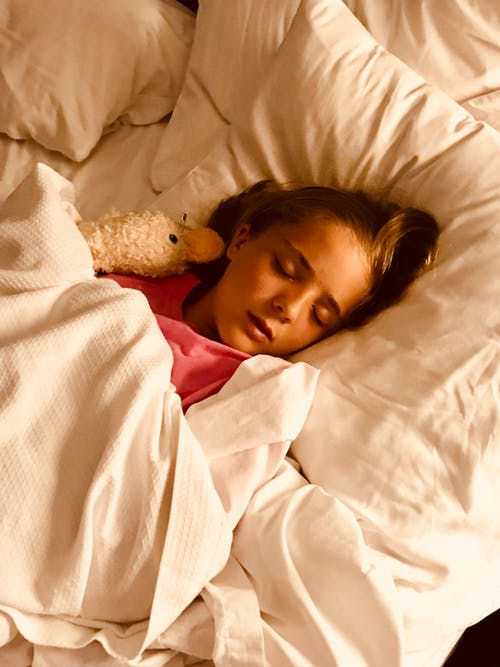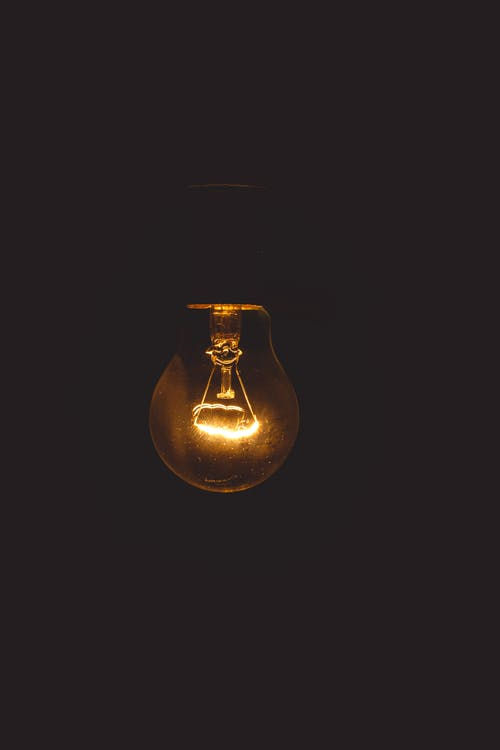Sleep, Sleep disorders and possible solutions
- Dtn Samuel Akapo

- Dec 4, 2019
- 8 min read
Updated: May 18, 2022

Sleep is a process of a complex neurological phenomenon, which helps the body to rest and restore energy levels. Sleep is highly rhythmic and a sole neural process performed by various brain areas.
Sleep is highly needed for the body on a daily basis for many refreshing reasons and repair functions. Statistics have it that an average man sleeps for about one-third of their lifespan. This is nothing to fear or see as too much, our body needs it for optimal functioning.
Most times in many cultures, sleep times are split between daytime and night. Some cultures have naps in the form of a siesta during the day and the usual night rest after sunset.
Clinically, the normal human sleep is divided into two major classifications which are;
Rapid Eye Movement (REM) Sleep, and
Non–Rapid Eye Movement (NREM)
The rapid eye movements occur 4-5 times during normal night sleep. The process of waking up happens during alteration between one of the Rapid Eye Movement times and Non-Rapid Eye movements in the course of sleep.
The non-rapid eye movement sleep is further classified into four. This classification reveals the depth of sleep stages. They are stages I, II, III and IV.
Rapid and non-rapid eye movements take place alternatively during the sleep process. The first Rapid Eye Movement sleep may not be up to 10 minutes, while the last Rapid eye movement sleep could take up to one hour or more.
The total amount of sleep time needed by an adult human is usually constant. In adults, a night of fully restful and restorative sleep is between 7 to 8 hours.
Newly born, are seen to sleep longer for about 14 to 16 hours daily. This is known as a polycyclic sleep pattern. It is converted to the monocyclic sleep pattern of an adult as the child grows.
Today, we will be looking into what sleep is about, alongside the many disorders experienced by people and possible ways to combat them.

FACTS ABOUT SLEEP; HOW SLEEP HAPPENS
Sleep consists of a rhythmic (circadian) combination of changes in physiological, biochemical, and psychological processes.
How the brain controls sleep: The ascending reticular activating system of the brainstem keeps the cortex and rest of the brain tonically active during wakefulness.
Sleep is actively produced by the preoptic and other basal forebrain areas, says VM Kumar of the Department of Neurology, Sree Chitra Tirunal Institute for Medical Sciences and Technology, Thiruvananthapuram, Kerala State, India.
There are two major processes that control sleep. First is the homeostatic pathway, and the other is the regular circadian rhythm and timing. Both run simultaneously but opposite one another.
Homeostatic process: The homeostatic sleep drive is a process that is built up over wakeful time, the longer you are awake, the more the drive to sleep and it is reduced during sleep time. It is also referred to as the hourglass model of sleep.
The homeostatic sleep drive is built by a long wakeful time during a normal day.
The homeostatic sleep process is primarily influenced by the release and accumulation of some neuro substances known as adenosine.
The release and functioning of adenosine in the brain are strictly activity-dependent. Adenosine is formed through the intracellular breakdown of the popular energy-rich molecule, Adenosine-Tri-Phosphate (ATP).

The homeostatic process can also be inhibited or altered by catalysts which change the direction of the process. One of such is the consumption of caffeine-rich foods. Caffeine is a psychostimulant.
The consumption of coffee which contains caffeine opposes the actions of adenosine and in turn, changes the regular process and causes more wakefulness.
The Circadian rhythm: this is the endogenous clock that works in the fashion of a literal clock, ticking and notifying our organs about the different times of the day.
This circadian process is all-natural and works with the environmental day and night fashion.
Reasons why your body wants to fall asleep at night after sunset. The circadian rhythm is controlled by the anterior hypothalamus of the brain.
The interaction of these two processes results in 16 hours of consolidated wakefulness and 8 hours of sleep when functioning optimally.
Having understood what sleep entails and how it works, now let us take a look at sleep disorders and their possible effects as well as their solutions.
Benefits and functions of sleep

The benefits of sleep include a variety of body functions and enhancement of efficiency of a person during wake time.
In the review article published by Chokroverty in the Indian journal of medical research, Sleep is thought to be restorative, conservative, adaptive, thermoregulatory and memory consolidative functions. All these are bodily functions which support almost every aspect of life.
Risk effects of sleeplessness or sleep deprivation
The deprivation of sleep or sleeplessness is very harmful to the general health and wellbeing of any individual. Although, this could be caused by substance or drug use, medications, or even neurological diseases.
The deprivation of sleep could either lead to long term or short term consequences or problems.
When a person doesn’t get adequate sleep for a while, it could lead to reduced attention span, very significant low level of productivity, sleepiness during the day, frequent tiredness, simple unexpected accidents at work, home, roads etc.
The long term effects of sleep deprivation include but are not limited to organ malfunction, increased risk of various health problems like heart diseases, hypertension, diabetes, obesity, eye problem, nervous system problems, memory loss, constant fatigue, and increased death chances from road accident while driving. There is also a high risk of falling into depression.
Sleep Disorders
Sleep disorders are conditions that prevent a person from getting restful sleep and, as a result, can cause daytime sleepiness and reduced efficiency.
According to the international classification of sleep disorders, there are more than a hundred sleep/wake disorders. Today, we will be looking at a number of them along with how they affect us.
The major sleep disorders, which happen to be the most common of all numerous ones are:
Insomnia
Sleep apnea
Restless legs syndrome
Narcolepsy
Circadian Rhythm disorder
Insomnia
Quite a majority of people complain about not getting enough sleep and it is seen to be the most prevalent sleep disorder. Insomnia is the inability to get sleep at the appropriate time desired and that is long enough to cause a person to be refreshed and rejuvenated for the new day.
Insomnia is also characterized by the inability to have long sleep at a time, or even difficulty in getting sleep after a wake in between sleep.
This also could lead to a series of unpleasant feelings like drowsiness during the day.
Insomnia is so terrible that it has been seen to be a risk factor for a number of psychological problems like substance abuse and depression.
In this case, insomnia has been seen to be a risk factor for depression and vice versa.
In recent times pharmacological treatments have been used to beat insomnia, but we fondly suggest a lifestyle change and in chronic conditions a combination of both.
Sleep Apnea
Apnea is a condition of short breathlessness. Sleep apnea is a condition whereby breathing is interrupted during sleep. This interruption could be repeated or brief.
Sleep apnea could be central; that is when the brain fails to properly coordinate breathing during sleep. Or obstructive; that is when the muscles in the back of the throat refuse to keep the airway open.
Most people with sleep apnea have snoring, inability to get sleep as desired, and obviously feeling sleepy in the daytime.
Sleep apnea in certain people could last as long as 8-10 seconds. Over 18 million American adults are having this disorder.

Restless legs syndrome.
Restless leg disorder is a disorder of the sensory neurons which has been surprisingly seen to be affecting about 5 to 15 per cent of the world population.
The symptom has been found to happen mostly during the transition from sleep to wake, characterized by the restlessness of their legs hence the name of the disorder.
Although many people experiencing this syndrome find it difficult to describe or explain the feeling they have during that time.
Narcolepsy.
Narcolepsy is a rare sleep disorder, affecting 0ne in two thousand individuals.
Narcolepsy is about an individual’s high tendency to fall asleep during the daytime regardless of the fact that he or she had slept adequately the previous night.
A profound symptom of narcolepsy is hallucination. Others include sleep paralysis and automatic behaviour.
The careful study of narcolepsy has shown some insight about sleep, that both sleep and wakefulness can cross and one phase can intrude on the other.
This explains how in a minute one can be up and active, and the other there is a feeling of sleepiness.
Circadian Rhythm Disorders
Earlier above, we have seen the circadian rhythm and how it works to regulate sleep and wake times according to the typical geophysical light-dark cycle.
Then the circadian rhythm disorder is when a person is not able to get sleep at the desired and geophysical sleep time, which is obviously at night.
This disorder primarily happens when there has been a disruption in the individual’s biological clock. For example, night duty work requires a person to stay awake, Night travelling and travelling to a different time zone.
Most times the body initially finds it difficult to cope, but over time, the body becomes used to it by interfering with the endogenic circadian rhythm.
In this case, sleep is either delayed or made to come earlier. In the delayed sleep-phase syndrome (DSPS), the person falls asleep late and obviously wakes up late. And for the advanced sleep phase syndrome (ASPS) also, the person falls asleep earlier than usual and wakes up earlier than they desired to.
Lifestyle changes to beat sleep disorders
Ensure you avoid sleeping for long during the day. If possible avoid it totally.
Put off all bright lights in your sleeping area (bedroom) at night. Most preferably from 7 pm.
Avoid using blue lights too. It is best when no lights are on at all.

Intentionally stop all mental work before nightfall. Avoid all issues that would require you to brainstorm from 7 pm at night.
Do not eat late into the night. Have supper as early as 6-7 pm daily.
Cut down on sugary foods and sweets in the evenings. This includes having too many simple carbohydrate foods (such as white bread, beverages, alcohols, locally, etc) in the evening.
Avoid drinking too many liquids in the evenings also.
Avoid energy drinks, coffee, green tea, and the likes, at night time.
Try to exercise daily, but ensure it is not in any way close to your bedtime. Exercises help the brain (being the headquarters of the central nervous system) to be rejuvenated and relaxed.
Dietary guidelines to manage sleep disorders.
Tryptophan, melatonin, magnesium and certain other food nutrients are key nutrients that support restful sleep and put you in the mood.
Calcium is another mineral that helps the brain to anabolise certain enzymes and hormones responsible to initiate sleep. A person deficient in calcium can also have difficulty getting sleep after waking just a few hours into the night.

In your everyday meal ensure to add one or more of the following foods into your meals.
Foods great for sleep include but not limited to
Seafood; such as sardines, tuna, shrimps, salmon etc
Legumes; include beans, kidney beans
Nuts and seeds include; almonds, cashew nuts, flaxseeds etc.
Fruits and green vegetables; Apples, dates, raisins, bananas, avocado, grapes, pear, okra, green peas, and cucumber.
Grains like oats, wheat, white rice and brown rice
*Dairy products include whole milk, skimmed milk (warm or cold), cheese, yoghurts, etc.
Green leafy vegetables in all forms, as they are rich in magnesium and tryptophan.
They include spinach, kale, pumpkin leaf, scent leaf, lettuce, cabbage, etc. which are best recommended to be eaten with the most minimal cooking process (forms of salads)
Foods to avoid due to their action in inhibiting sleep hormones may include any of these but are not limited to;
Caffeine (present in coffee, chocolates and so others), tomatoes, flour, alcohol, spicy foods, excessive protein foods, fatty foods.
In your everyday meals, ensure to follow this simple food guide in choosing and planning your meals.
On Exercises
Relaxation training helps you to systematically relax muscles in different areas of the body, which will calm the body and induce sleep. Such exercises include mindfulness, meditation techniques, playing soft songs or instrumentals, breathing exercises, etc.
Also, daily physical exercises such as brisk walking, jumping ropes, jogging, swimming, cycling, dancing, etc. for at least 20 mins daily are recommended.
*Dairy though rich in calcium and other beneficial nutrients may however not be tolerable to everyone. Like in your case where you already don’t get sleep even when you have milk, I will recommend you warm it up when you want to drink milk and include at least half a glass of yoghurt in your supper a few hours before bedtime.




Comments